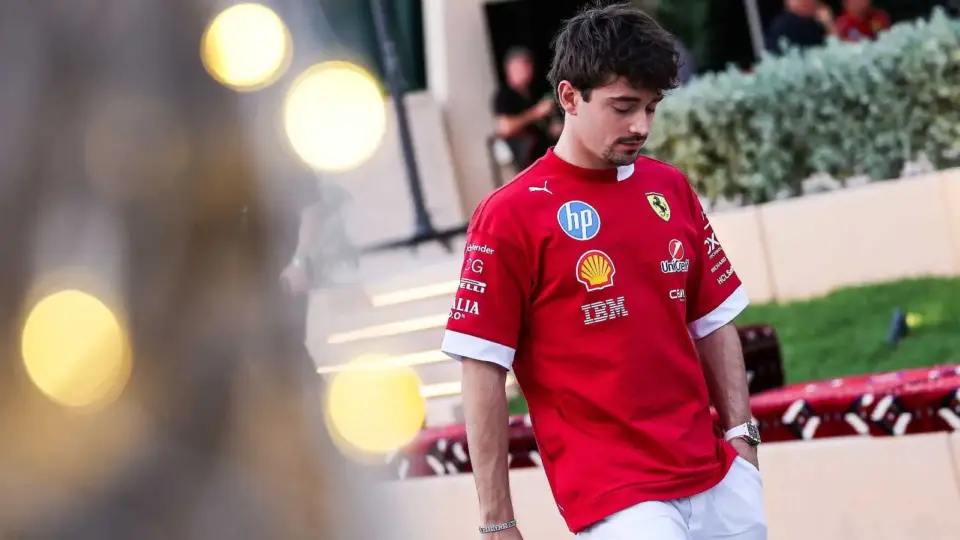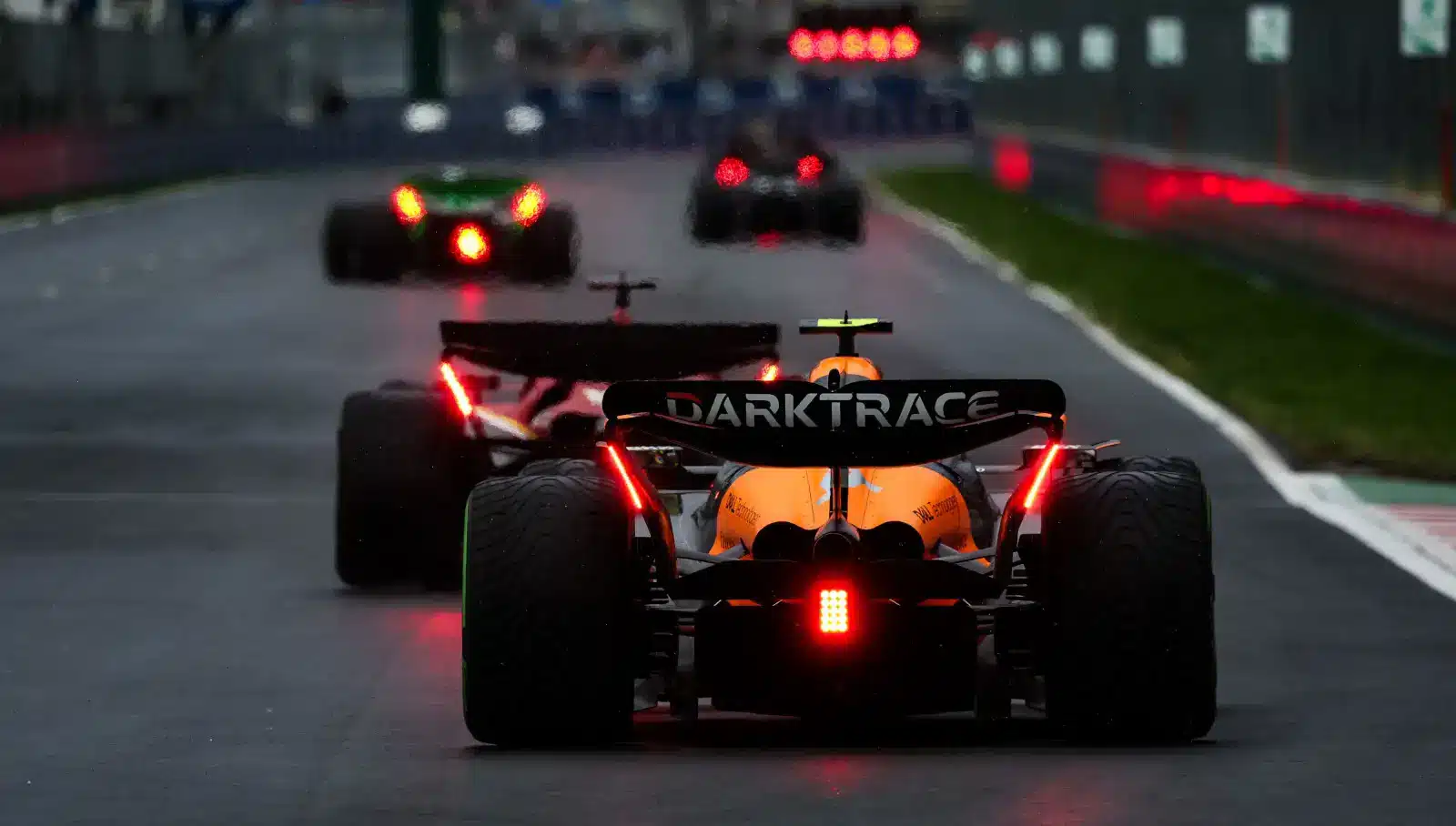The world of Formula 1 is no stranger to high-stakes decisions and competitive rivalries, but McLaren’s recent strategic moves are raising eyebrows. As the team navigates the thrilling 2025 season, drivers Lando Norris and Oscar Piastri find themselves at the heart of a strategic gamble. With a clear message from team principal Andrea Stella, it’s not a matter of if, but when they might be “a little upset.”
McLaren’s performance on the track has been nothing short of impressive, with wins in Australia and China. However, when the team opted for cautious tactics at Suzuka, resulting in second and third places, questions emerged. Many believe their strategy cost them a win. As McLaren strives to win both the drivers’ and constructors’ titles, the tension between individual glory and team success is palpable.
A Missed Opportunity in Japan
McLaren’s recent outing in Suzuka left fans and pundits alike pondering what might have been. Despite possessing arguably the fastest car on the Japanese circuit, the team’s cautious approach was met with criticism. With the top drivers finishing mere seconds apart, strategic decisions, particularly the choice to pit Norris alongside Verstappen, have sparked debate about missed opportunities and cautious calls.
Navigating Strategy and Team Dynamics
The delicate balance between strategy and driver satisfaction is at the forefront of McLaren’s campaign. The decision to maintain position between Norris and Piastri, despite the latter’s apparent speed advantage in the final laps, highlighted the complexity of team dynamics. McLaren’s history of missed race opportunities looms large as they navigate the 2025 season.
Andrea Stella acknowledges the challenges ahead. He emphasizes that keeping two ambitious drivers content while aiming for team success necessitates tough decisions. The team’s commitment to making these calls, even if it means unsettling their stars, reflects their determination to prioritize collective triumph over individual accolades.
The Complexity of Dual Contenders
Having two drivers competing for the championship adds layers of complexity to McLaren’s strategy. While it increases the chances of victory, it also raises potential friction points. Stella admits that having both Norris and Piastri in contention complicates decision-making. Their performances elevate the team’s prospects, yet also demand more from their strategists.
Reflecting on Suzuka, Stella reveals potential early-race strategies that could have shifted the outcome. The team’s hesitance to risk tire traffic in the quest for an undercut is a reminder of the unpredictable nature of race day. Balancing risk and reward is a constant challenge that McLaren must address.
Taking Calculated Risks
Stella discusses McLaren’s approach to navigating race season unpredictability. He stresses the fine line between strategic conservatism and aggressive maneuvers. In 2025’s early stages, the potential ramifications of bold moves were significant, as seen in Suzuka.
McLaren is willing to take risks when necessary, understanding that every strategy has its trade-offs. The team remains willing to upset its drivers if it means securing long-term gains and titles.
A Team Under Scrutiny
Critics have been vocal about McLaren’s strategic decisions, but the team stands firm in their approach. Stella remains confident that the team’s measured strategies have long-term benefits.
The intense scrutiny magnifies each decision, making strategy part of McLaren’s public narrative. While some view it as prudent, others see it as overly cautious. Nevertheless, the team is committed to their approach and continues to refine their tactics.
A Season of Learning
As the season progresses, McLaren is absorbing lessons from every race. Even with challenges and criticisms, the team’s resolve remains firm. Stella explains that each race presents an opportunity to learn and adapt.
This development process is crucial, with an emphasis on using early races to gather insights and refine strategies. Stella points out that while they’re open to learning, they’re not veering from their core strategy.
Strategic Adaptation and Flexibility
Carrying forward the learnings from Suzuka, McLaren is keen on adapting their strategy to ensure success. They’re considering all possible options without straying excessively from their plans.
Both drivers and strategists work together to approach each race with flexibility. The ability to adapt is essential for McLaren as they balance the need for immediate results with long-term goals.
The Road Ahead
With eyes set on championships, McLaren acknowledges the intricate dance of strategy and execution. The path is fraught with challenges, but their resolve is unwavering.
Norris and Piastri, while potentially facing disappointments, trust in the team’s ability to provide competitive machinery. Their commitment to McLaren’s vision and collective success is clear.
Charting the Future Course
The ongoing dialogue within McLaren reveals a team that values communication and transparency. Stella emphasizes the importance of continual discussions as the season unfolds.
By keeping doors open for dialogue, McLaren ensures all parties are aligned and prepared to face future decisions. Their proactive approach aims to manage expectations and foster team harmony.
As McLaren navigates the 2025 season, strategic decisions will define their path to success. The team’s commitment to balancing individual driver needs with collective goals is clear. Norris and Piastri’s trust in McLaren is crucial as they aim to clinch both championship titles.










